"
I'm on the team!...I'm right here on the Love Train with sisters and brothers in organized labor, the environmental movement and the business community to make this happen right now!" exclaimed incumbent Congresswoman Jane Harman at a rally yesterday for the 30/10 initiative at the Green Line Station near LAX. (Watch her full speech, Streetscasted here.) The 30/10 initiative would use federal loans and grants to leverage the half cent sales tax passed by L.A. County voters for transit projects to complete a thirty year program in 10.
"I endorse the Cyclists' Bill of Rights. The first tenet is that cyclists should be able to travel safely and free of fear. We need voices in Washington that are committed to this vision. And I am committed to this vision." Challenger Marcy Winograd asserted at the Bikerowave on Venice Boulevard on April 7, just before being endorsed by Bikeside. (Watch her full statement, from Scoop L.A.'s You Tube page.) The Cyclists' Bill of Rights is an expression of the twelve right that all cyclists deserve that was put together by the Bike Writers Collective.
In a way, the two statements and venues are symbolic of the campaigns and candidates vying for the Democratic nomination for Congress in the 36th Congressional District which includes much of the Westside and South Bay. The well-heeled Harman, one of the richest members of Congress, is supported by much of the establishment, including the organized labor groups that surrounded her yesterday as well as most politicians and even the Sierra Club's Political Action Committee. Winograd is running to Harman's left, with support from smaller, but community based organizations such as Bikeside, and the Progressive Democrats for America; and seems to be at home surrounded by riders and people at work.
But the two candidates' positions also reflect a new political reality for candidates in Southern California. Los Angeles now has an organized community dedicated to green transportation or Livable Streets causes. It's now smart politics to embrace transit and bike riding in the "Car Capital of America." Both Harman and Winograd are embracing two key programs in the Livable Streets platform in Los Angeles: accelerating transit expansion and securing cyclist rights.
30/10 and the Campaign
But to be fair, each candidate has a history of "walking the walk" on these issues. While yesterday's 30/10 sometimes felt more like a Jane Harman rally, speakers representing labor as well as Denny Zane and Mayor Villaraigosa all made pitches to support Harman's campaign; the Mayor has been including her in speeches as the first Member of Congress to support 30/10 for months. Senator Boxer, also up for re-election, may have grabbed the headlines on 30/10 because she's more in a position to make some of the changes needed to see the proposal move forward; but the Mayor claims that it's Harman who first said that Congress could make this happen for Los Angeles.
For Harman, the issue seems to be as much about jobs as it is a transportation vision for Los Angeles. Given the high unemployment rate for the city and especially the labor movement, Harman's positioning of 30/10 as a jobs creation program makes sense, but Measure R and 30/10 are about a lot more than just getting people back to work. It's about changing the DNA of L.A.'s transportation network and how Angelenos think of our city and county.
Harman has been a supporter of expanding transit, fighting hard for funds to study extending the Green Line and to build the Torrance Transit Center. She's been a member of the "Green Line Coalition" dedicated to having the transit line connect directly to LAX and her earmark requests show a lean towards transit projects, with a minority of road projects, for both the transportation funding bill (SAFETEA-LU) and this year's appropriations.
But Winograd is hardly silent on transit expansion or Measure R. For Winograd, 30/10 is about both the transportation vision and the ability to remake the economy from "a permanent war economy" to a "green economy." Winograd writes,
Certainly, California pays its fair share of taxes, with virtually half of our tax money subsidizing perpetual war policies championed by my opponent, Jane Harman. For every million dollars she voted to invest in the Iraq invasion or the Afghanistan occupation, we could have doubled the number of jobs had we invested the same money in mass transit.
In Congress, I will fight for federal dollars, low-interest bonds, to construct 30/10 transit projects that will help us get where we really need to go - sustainability. We need light rail, affordable buses, and safe bike lanes to get us out of our cars and into a new frame of mind.
For a full copy of her statement to Streetsblog, click here.
Bicycling
Meanwhile, Winograd has the enthusiastic support of the only bicycle group that's made an endorsement thus far, Bikeside. Here again, we see a candidate who truly believes in cycling as a mode choice. Her enthusiastic embrace of the Cyclists Bill of Rights isn't just posturing, Winograd's campaign seems to invite her supporters to a bike ride every week. Whether it's part of 350 Day, a tour of Venice's urban gardens, or a trip to the Bikerowave, it seems that the Winograd campaign can't wait to get people to join the candidate on a ride. Not that embracing cycling on the Westside doesn't make political sense. Six months ago, there were no cycling groups with the ability to actively support a candidate without risking their non-profit status. Today, there are two groups and cyclists are ready to "bike the vote" in L.A. like never before.
But it's one thing to be a politician who happens to ride a bike and to be a politician who supports cycling legislatively. Winograd has pledged to make the Cycling Bill of Rights a guiding principle of her transportation policy in Washington, D.C. She's gone so far as to promise federal support for community bike co-ops, similar to the Bicycle Kitchen, Bike Oven, Bikerowave, and Valley Bikery,.
In her decades in Congress, Harman doesn't have the record to match Winograd's rhetoric; although the Congresswoman is one of the 182 members of the Congressional Bike Caucus. When looking for a signature "bike vote," I was only able to find support for the "fringe benefit" for bicycle commuters which created a small, monthly tax write-off for people who choose to commute via bicycle. A search for the word "bicycle" on her website reveals, well, nothing.
Conclusion
As Measure R and 30/10 move forward, more and more politicians are going to be talking transit in the coming years. Whether support for local transit projects leads to a solid vote for a "green transportation policy" out of Southern California remains to be seen. Already in the 36th District, we're seeing a race to champion transportation that's both green and clean in the race for the Democratic Congressional Nomination.






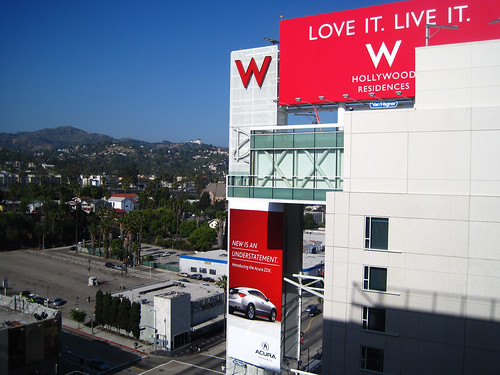

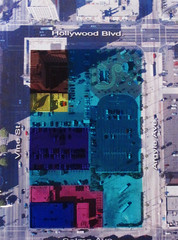
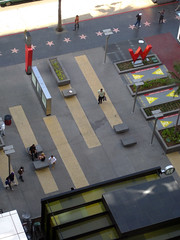
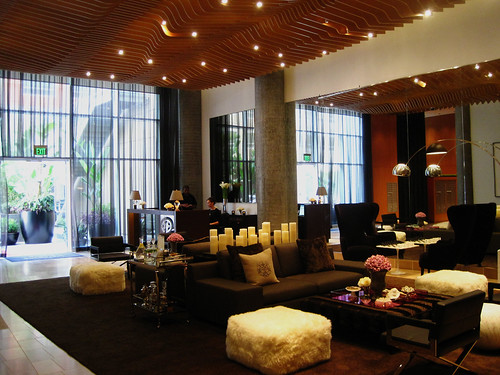
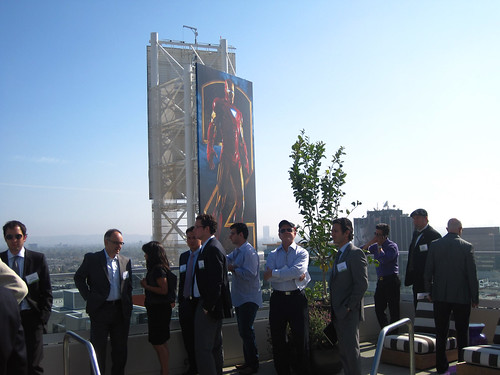
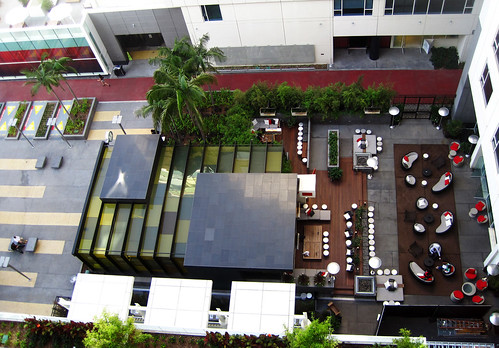
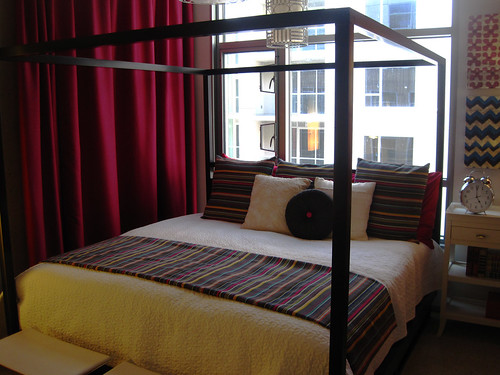
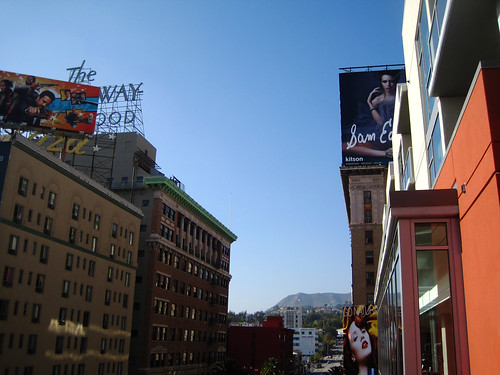
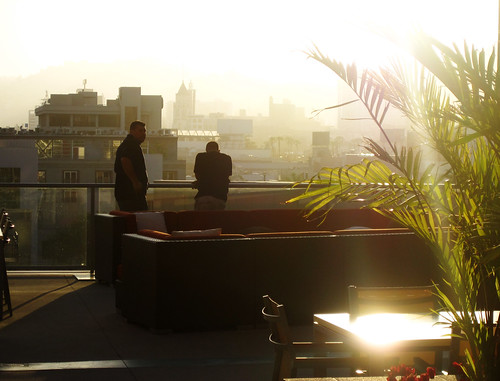
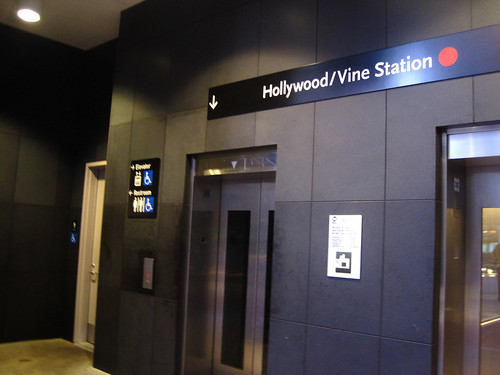

 Over at the Atlantic, they’re
Over at the Atlantic, they’re